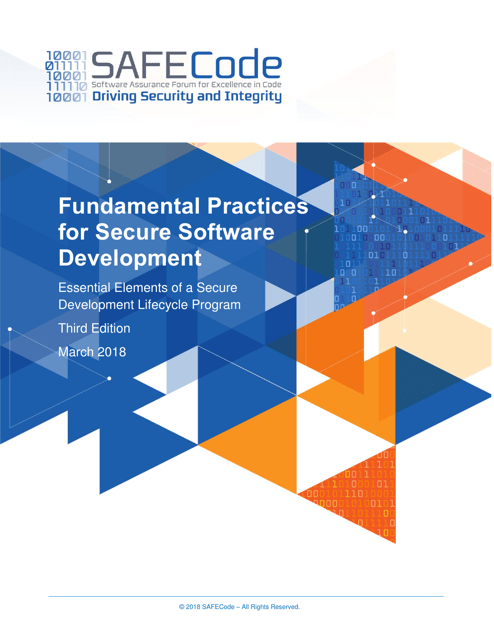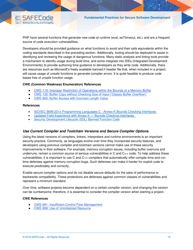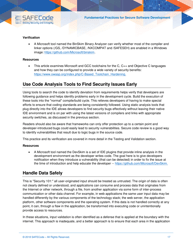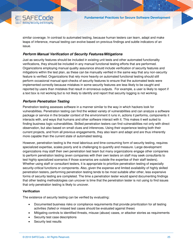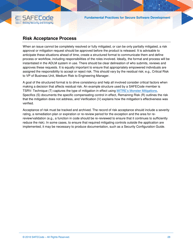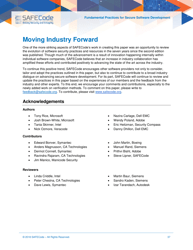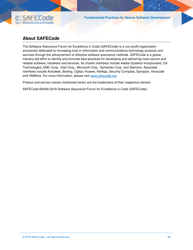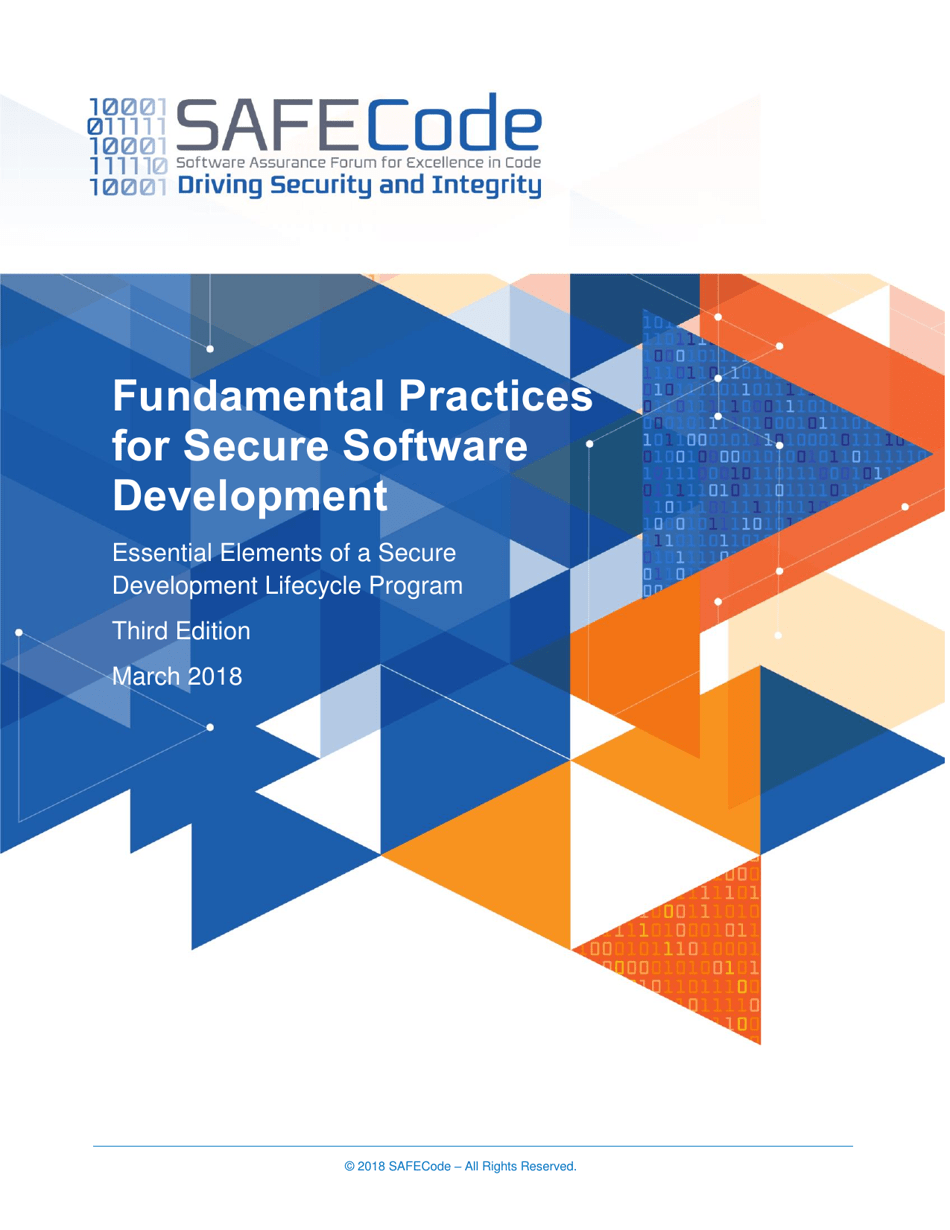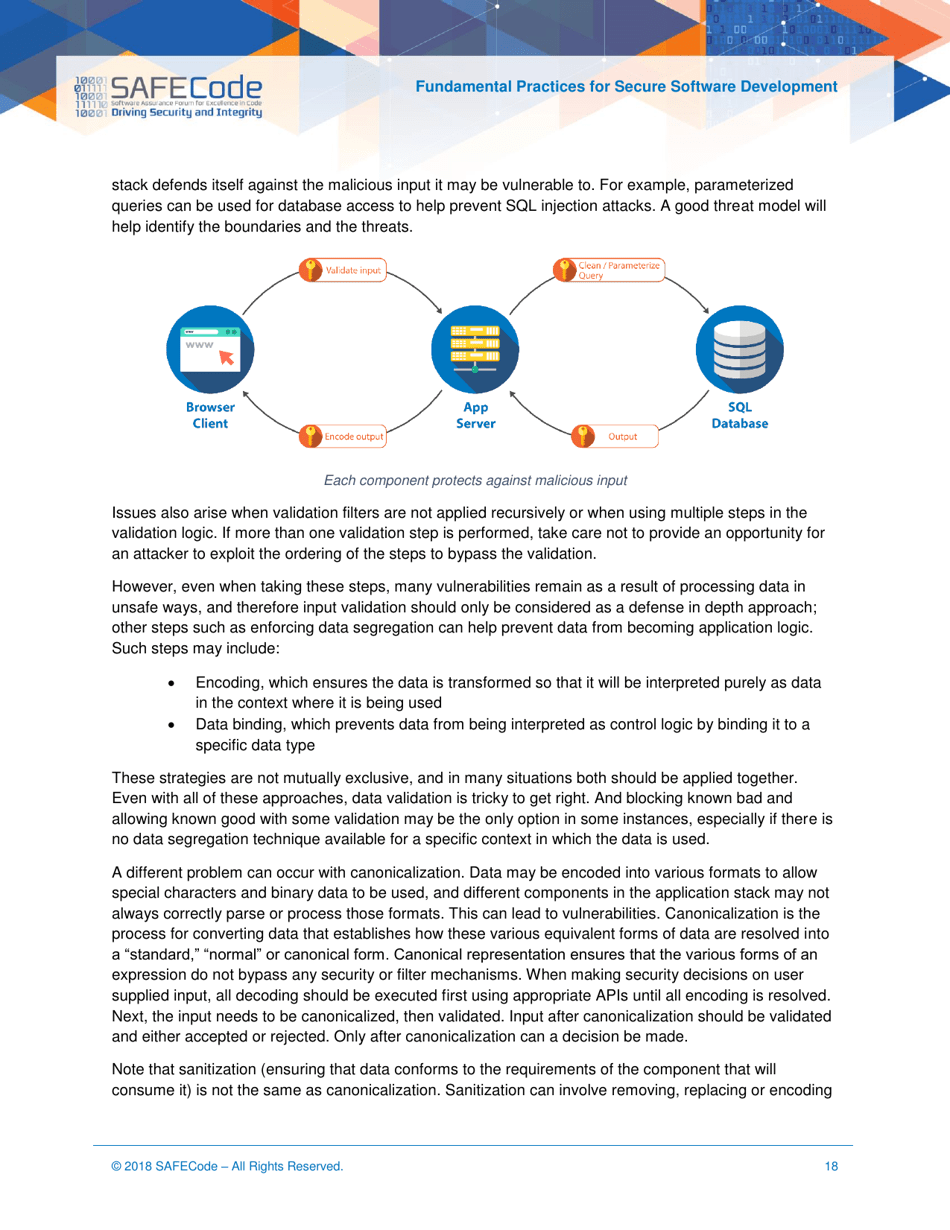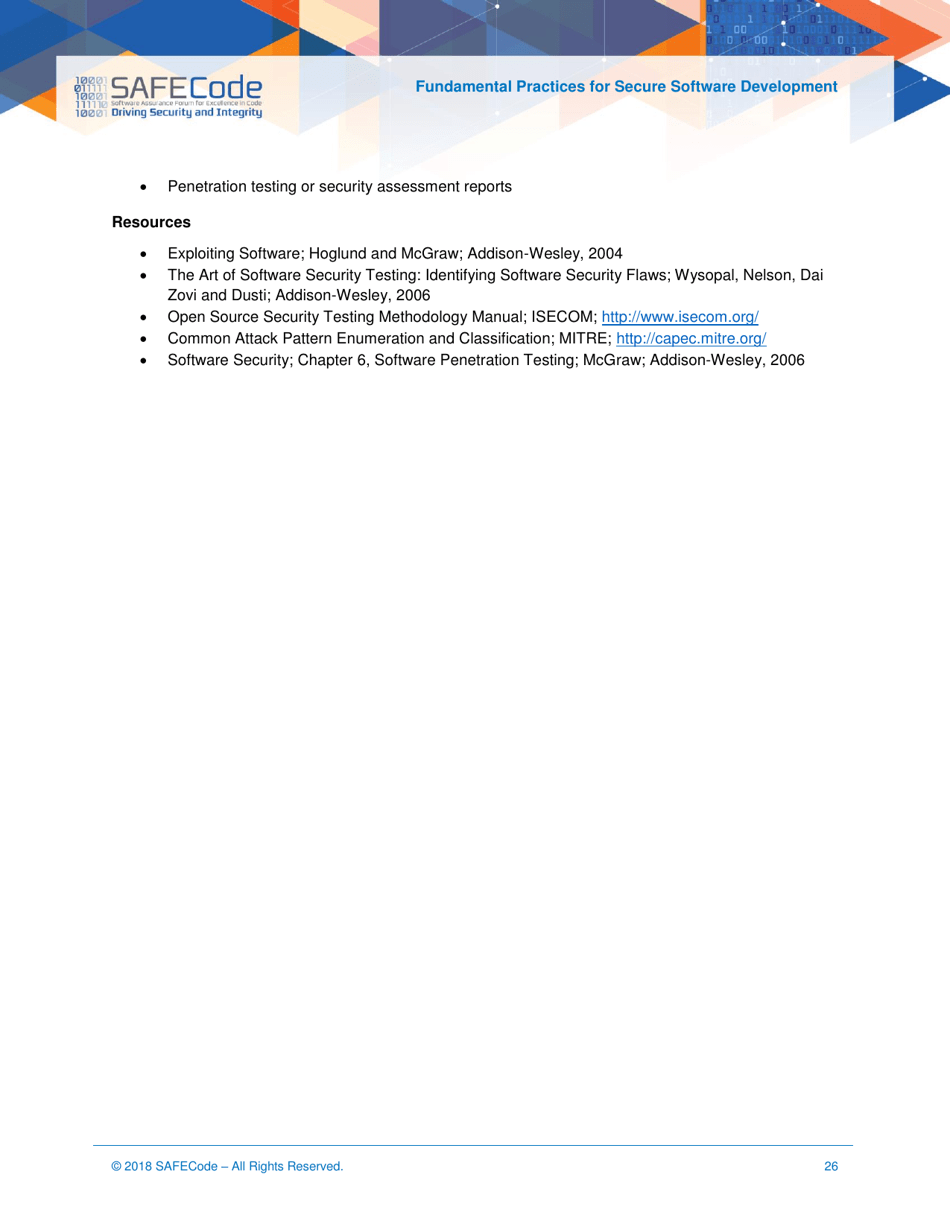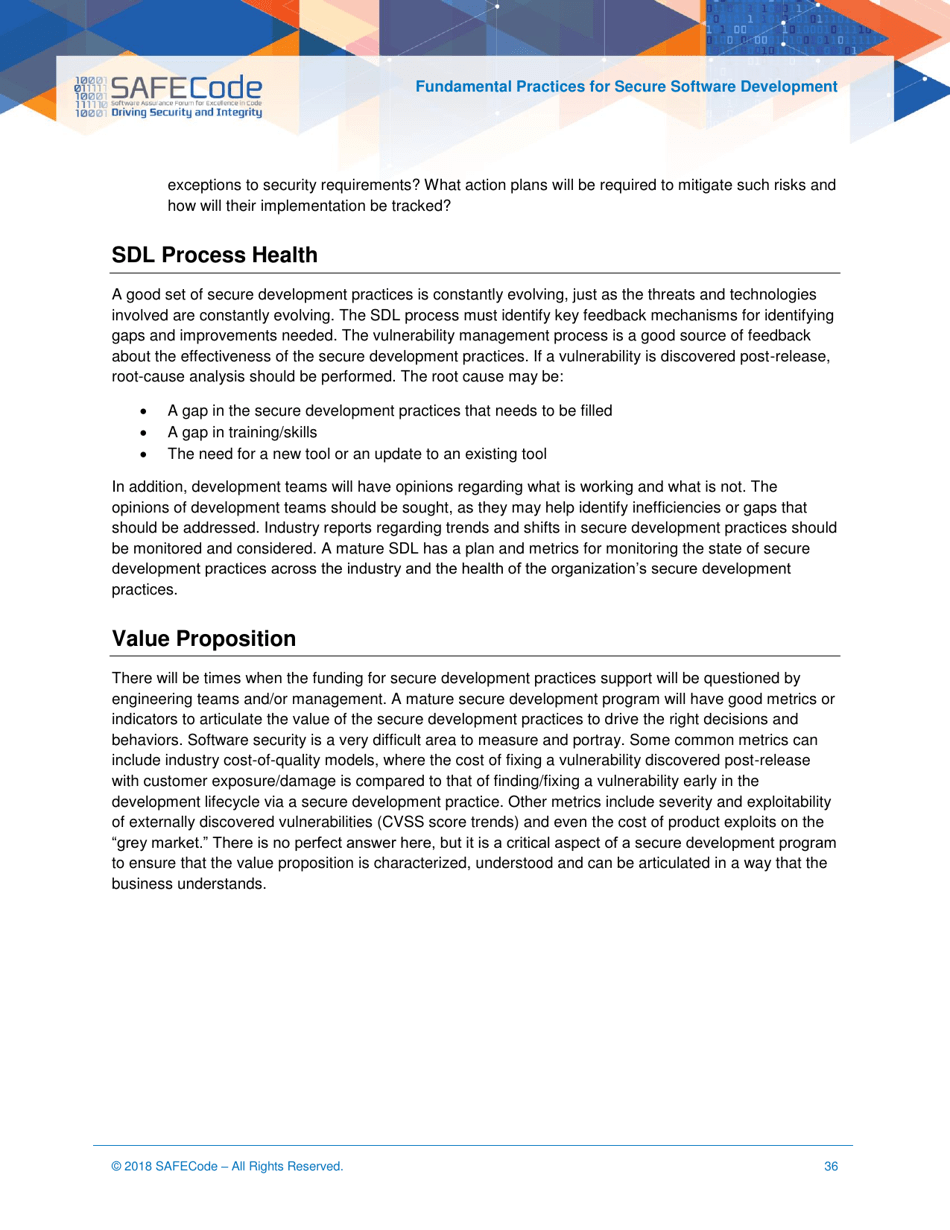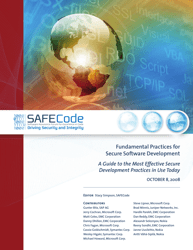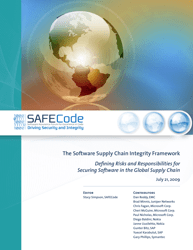Fundamental Practices for Secure Software Development - Safecode
The Fundamental Practices for Secure Software Development, developed by Safecode, provides guidelines and best practices to help ensure the creation of secure software. It aims to enhance the security of software throughout its development lifecycle by addressing various security challenges and risks.
The SAFECode organization files the Fundamental Practices for Secure Software Development.
FAQ
Q: What is Secure Software Development?
A: Secure Software Development refers to the practice of developing software in a way that addresses and mitigates potential security vulnerabilities and threats.
Q: Why is Secure Software Development important?
A: Secure Software Development is important to protect sensitive data, minimize the risk of security breaches, and ensure the trustworthiness of software applications.
Q: What are the fundamental practices for Secure Software Development?
A: The fundamental practices for Secure Software Development include threat modeling, secure coding, secure testing, security reviews, and incident response planning.
Q: What is threat modeling?
A: Threat modeling is a process of identifying potential threats and vulnerabilities in a software system to proactively address and mitigate them during the development stage.
Q: What is secure coding?
A: Secure coding involves writing code that follows secure coding best practices to prevent common vulnerabilities like injection attacks, buffer overflows, and cross-site scripting (XSS) attacks.
Q: What is secure testing?
A: Secure testing involves conducting comprehensive security tests on software applications to identify any potential vulnerabilities or weaknesses that could be exploited by attackers.
Q: What are security reviews?
A: Security reviews involve conducting regular assessments and audits of software code, architecture, and design to ensure compliance with security standards and best practices.
Q: Why is incident response planning important?
A: Incident response planning is important to have a well-defined and documented strategy in place to effectively respond to and mitigate security incidents and breaches.
Q: Who is responsible for Secure Software Development?
A: Secure Software Development is a shared responsibility among developers, designers, architects, testers, and security professionals involved in the software development lifecycle.
Q: Are there any standards or frameworks for Secure Software Development?
A: Yes, there are several standards and frameworks for Secure Software Development, such as the OWASP Top Ten, CERT Secure Coding, and ISO/IEC 27034-1.
